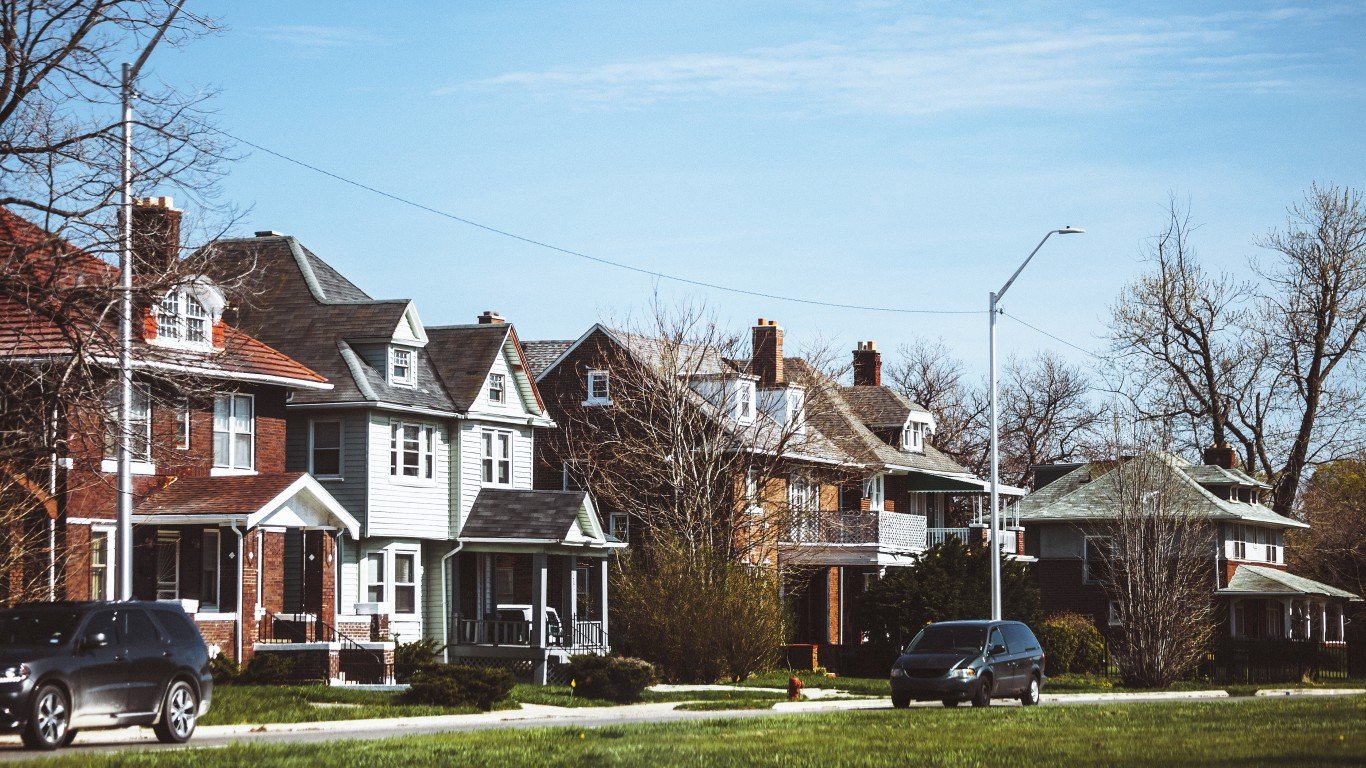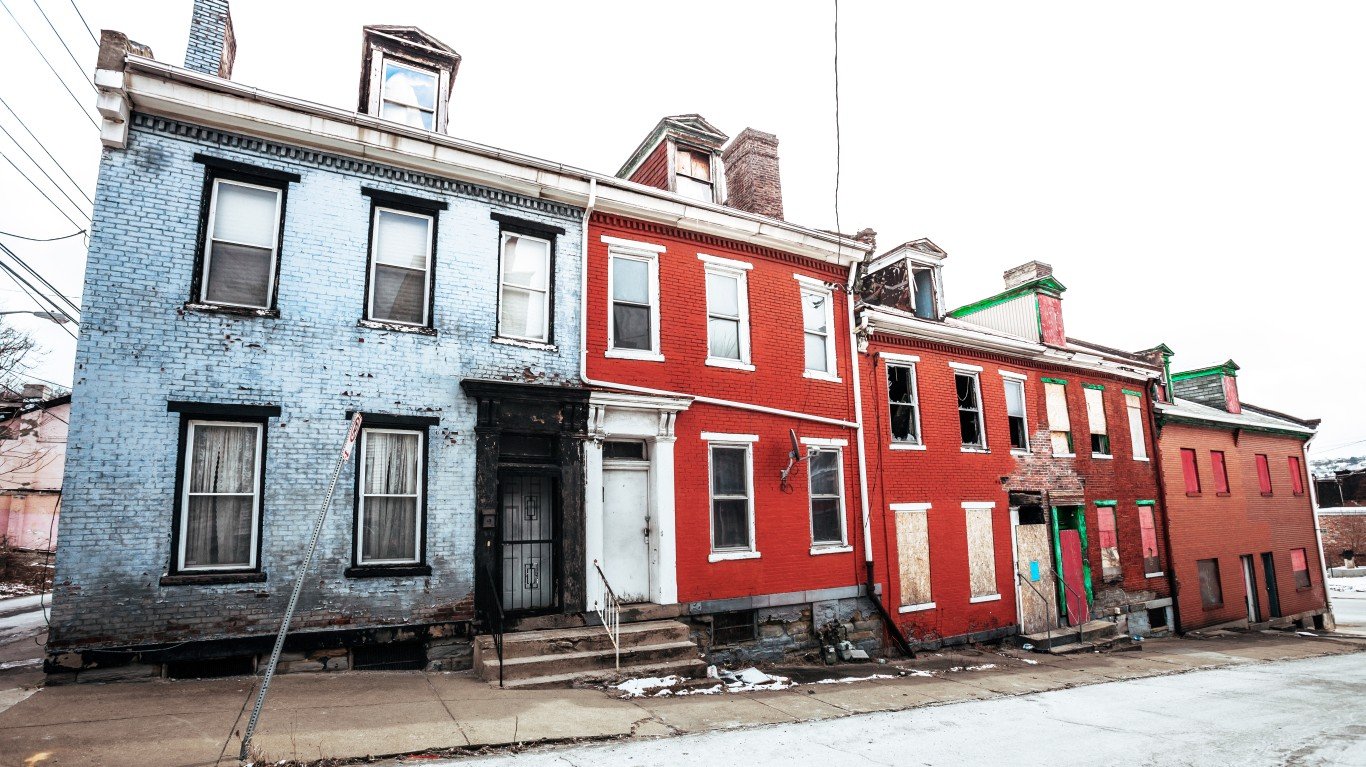A look at new Case-Shiller home price data for April might lead people to believe Detroit’s housing market has made a miracle comeback. Based on the way the research firm measures prices, nothing could be further from the truth. Detroit’s housing prices have retreated since the Case-Shiller yardstick, which has its beginning at January 2000. Source: Thinkstock
Source: Thinkstock
Detroit’s home prices in April advanced by 15% from the same month in 2013. This put it ahead of the pace for the top 20 markets, which was an improvement of 10.8%. The only markets that did substantially better over the same period were battered Las Vegas, up 18.8%, and San Francisco, where prices moved 18% higher. These two cities sit at opposite ends of the metropolitan housing markets. Las Vegas was deeply wounded by the housing downturn at the end of the past decade. The tech industry helped San Francisco hold up better.
The Case-Shiller data are based on a methodology by which the price index of all home markets was set at 100 more than 14 years ago:
The index is a composite of single-family home price indices for the nine U.S. Census divisions and is calculated quarterly. The S&P/Case-Shiller Composite of 10 Home Price Index is a value-weighted average of the 10 original metro area indices. The S&P/Case-Shiller Composite of 20 Home Price Index is a value-weighted average of the 20 metro area indices. The indices have a base value of 100 in January 2000; thus, for example, a current index value of 150 translates to a 50% appreciation rate since January 2000 for a typical home located within the subject market.
ALSO READ: America’s Worst Companies to Work For
Across the top 10 markets, the index was 183.28 in April. Across the 20 markets, the index was 168.71. The highest number was Los Angeles at 219.47. The only other market where home prices have more than doubled since January 2000 was San Diego at 200.79. As a demonstration of the long-term health of the California housing market, San Francisco’s number was 190.83.
Detroit’s price level was 95.03 in April, which counts as particularly troubling, given the strength of price improvements overall since January 2000 among the national metro home markets measured by Case-Shiller.
Looked at through the lens of Detroit’s overall economy, the Case-Shiller data are just one more example of the fall of the Motor City. Its population in 1980 was 1.2 million, one million in 1990, some 950,000 in 2000 and 714,000 in 2010. And it is still shrinking. A housing market cannot recover as residents flee the city at that rate.
Detroit’s home market will remain the lowest in the nation compared with 2000. No single force can make that better in a city so close to death.
ALSO READ: Ten Cars Americans Don’t Want to Buy
Take This Retirement Quiz To Get Matched With An Advisor Now (Sponsored)
Are you ready for retirement? Planning for retirement can be overwhelming, that’s why it could be a good idea to speak to a fiduciary financial advisor about your goals today.
Start by taking this retirement quiz right here from SmartAsset that will match you with up to 3 financial advisors that serve your area and beyond in 5 minutes. Smart Asset is now matching over 50,000 people a month.
Click here now to get started.
Thank you for reading! Have some feedback for us?
Contact the 24/7 Wall St. editorial team.



